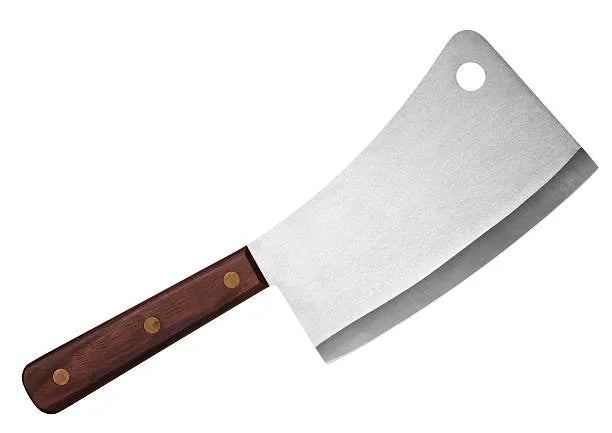
How to Sharpen Axe?
How to sharpen axe? Sharpening is a technical activity that requires skill. A skilful person can convert a blunt Viking into a sharp Viking Axe. Unlike knives, Hatchets have their typical shapes and bodies. They can be honed and sharpened mechanically.
Shape of an axe: -
This knife has a peculiar anatomy: a head, eye, toe, heel, beard, belly, and bit. The bit is the main component that requires file work to regain sharpness. A Carbon Steel Axe usually gets spots and rust due to the humidity it experiences during cutting and carving. Therefore, it must be dried after every use. A dry tool does not get rust or spots. Thus, it retains its bit intact.
Sharpening of an Instrument
A Damascus steel Axe can be whet with different tools. A file, coarse material or stone, ceramic sharpener, and diamond sharpener are standard tools. Electric sharpening is also in practice today. Before grinding the bit of the tool, it must be gripped in a vise for better and more convenient grinding. However, it can be grasped from the eye in one hand and a grinding tool in the other hand. Rotate the instrument in one hand and set the whetting angle to sharpen the adze. Puck stone is used to refine the sharp part of the blade. Honing is the activity that removes the chipped points in the bit/edge. This chipped part in the blade is honed with honing steel or coarse sharpener. Honing removes the cuts, but it weakens the side of the blade.
Sharpening angle:-
The filing angle for an adze is 30 degrees. At 30 degrees, a file or coarse sharpener makes the bit sharp enough to cut all types of wood and hard bushes.
Different Working Knives and Sharpness:-
Sharpness is not necessarily a matter of firsthand importance for every cutting instrument. Some cutters require only care, like keeping them in a dry environment in clean and spot-free condition. Others require a sharp side of the blade, from average sharpness to some extra sharpness, like a razor. For example, a splitting adze needs only care, and sharpness is not a primary requirement. The Trekking performs when its fringe is appropriately sharp. Lastly, a Carving becomes functional when its brink is razor-sharp.
Body Posture for sharpening
Every person's sharpening posture is different. Some can edge the hatchet in a sitting posture, while others prefer to stand, commanding the file on the edge of the cutting instrument. Some are combos; they fit in both cases.
Coarse Sharpener Movements:-
Sharpeners are used in the outward direction. For every movement, a file is applied at an angle of almost 30 degrees away from the body.
Electric Sharpener:-
An Electric Sharpener uses different mechanisms, including grinding discs and belts, to sharpen the tool. The tool is firmly fixed in the mechanism and ground with motors and attached tools.
Some helpful tips:-
The following are some tips that can help you grind.
- Wear gloves:-
- Before filing, always wear gloves to protect your hands from any harm.
- A firm grip:-
- A firm grip is a must for whetting work. For this purpose, use a vise.
- Uniform Edge:-
- While whetting the bit, keep the brink at a consistent angle to ensure uniformity.
- Keep tools clean:-
- Keep all instruments clean and dry.
- File Work:-
- File work must be in to-and-fro motion, following consistency for a uniform edge. One-point concentration is not allowed. Otherwise, your cutter would get cut or chipped off, resulting in a considerable edge loss.
Final Words: -
How to sharpen axe? The answer to this question is a series of technical works to ensure a sharp edge for the cutter. Different sharpening instruments are used to sharpen the edges of tools—all hatchets that need regular sharpening, which is a manual activity. Knives Hives offers a complete range of knives, cleavers and hatchets; visit to learn more.








